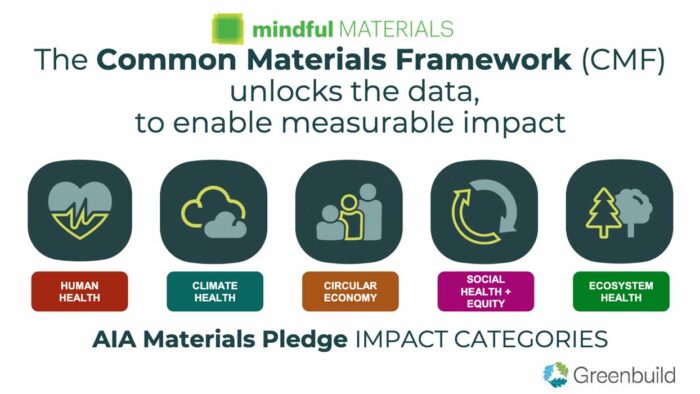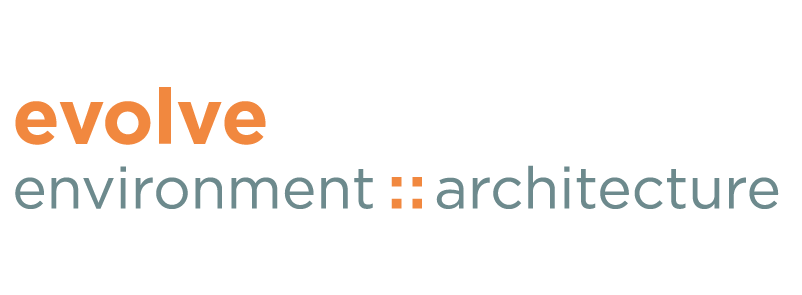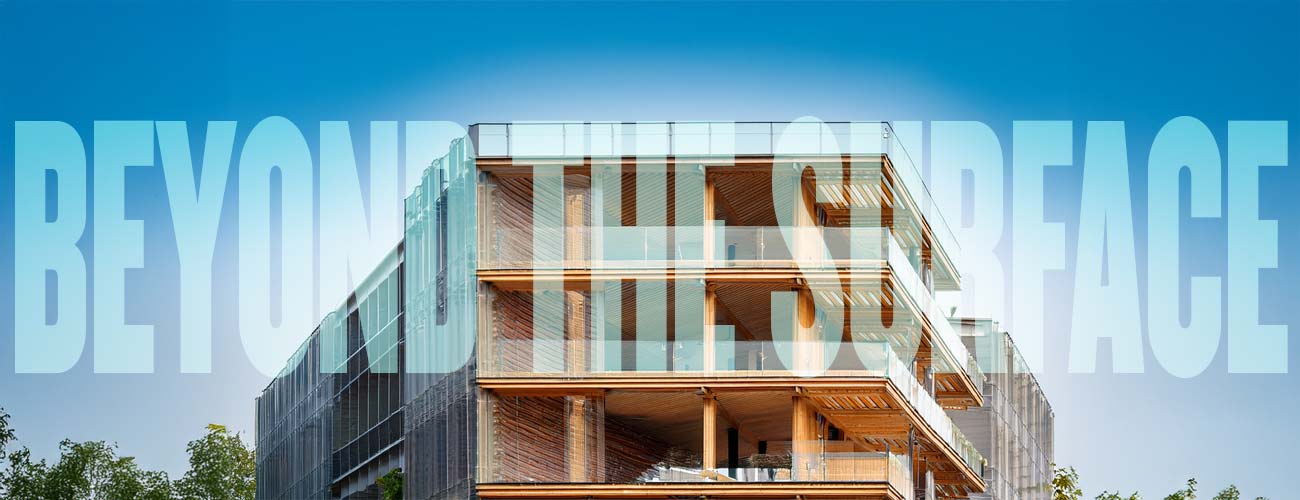Beyond the Surface: Advancing Material Transparency
Materials transparency is reshaping how architects and designers approach their work. Understanding the embodied carbon and lifecycle assessment of materials used throughout the design profession and construction industry remains a central focus for designers wanting to improve health, reduce environmental impacts, and promote equity.
Manufacturers, architects, and designers all contribute to advancing material transparency through accurate reporting and making informed choices. Along with the emergence of programs like LEED, or the Living Building Challenge, architects and designers rely on Environmental Product Declarations (EPDs) which quantify environmental impacts through lifecycle assessments (LCAs) and Health Product Declarations (HPDs). These documents provided an early analysis of critical data necessary to evaluate products. HPDs adhere to strict reporting protocols and are a reliable source of material ingredient information. Since 2012, the HPD Collaborative has developed more than 11,0000 HPDs covering 40,000 products made by 800+ manufacturers.
According to the International EPD System, over 15,000 EPDs have been registered globally, covering products ranging from structural steel to flooring systems. These documents allow materials to be compared based on Global Warming Potential (GWP), resource depletion, and water use, providing actionable data to reduce embodied carbon.

Excerpt from the Greenbuild Presentation, “The AIA Materials Pledge: From Aspiration to Action (11.13.24)” by Lona Rerick (ZGF Architects), Charley Stevenson (Materially Better), Jen Collins (BuildingEase), Tanya Eagle (JLL)
LEED, now in its fifth iteration has simplified compliance paths for material related credits through better reporting and clear metrics. Beyond LEED, programs like Declare, Cradle to Cradle Certification, and Mindful Materials’ Common Materials Framework (CMF) offer relatively straightforward ways to identify products that avoid harmful chemicals.
This enduring commitment to understanding the environmental impacts of our products has set the stage for the AIA Materials Pledge which expands on these ideas with broader principles of professional responsibility aligning with The 2030 Challenge, and AIA 2030 Commitment. This effort builds on years of progress by offering clear principles that translate material transparency into action across five key impact areas (Human Health, Social Health and Equity, Ecosystem Health, Climate Health, Circular Economy), further guiding architects and designers to evaluate the long-term effects of their material choices.
“This new framework makes it easier for the design community to understand where to look for materials that benefit human health, social health and equity, ecosystems, climate, and circular economy”.
— Ralph Bicknese, AIA (Material Knowledge Core Group)
Through these resources, and initiatives, more than ever before, our profession is able to make responsible and sustainable choices at every step of the design process.
Here at evolveEA we rely on these critical resources to guide our own decisions. We are committed to advancing material transparency and reducing our impact on the environment by turning “best intentions” into “meaningful action.”


